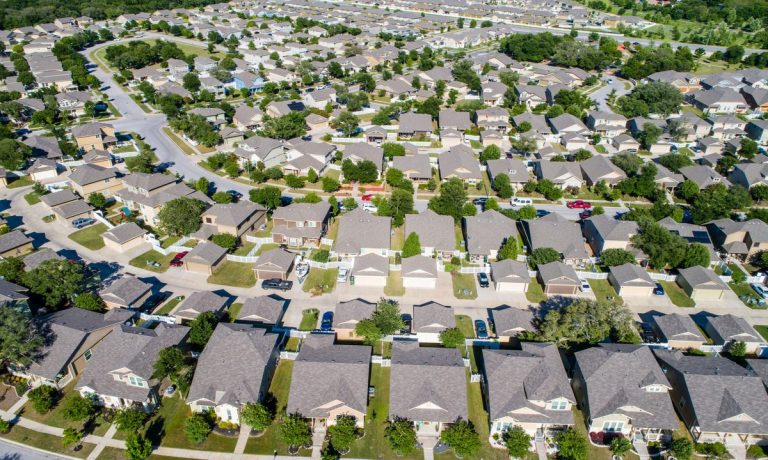
Household net worth in the United States has grown after declining for two quarters.
The figure rose to $147.7 trillion in the fourth quarter of 2022, according to the Federal Reserve’s Financial Accounts of the United States released Thursday (March 9).
That’s up from the previous two quarters but down from the $151.8 trillion recorded a year earlier, in the fourth quarter of 2021, according to the quarterly report.
Since then, household net worth has been gauged at $151.9 trillion in the first quarter of 2022, $146.1 trillion in the second quarter and $144.9 trillion in the third, the report said.
The rise in the fourth quarter came as the value of corporate equities increased by $2.7 trillion, while the value of real estate slipped by $0.1 trillion, per the report.
The household net worth of $151.8 trillion seen in the first quarter of 2022 was a record high, Bloomberg reported Thursday.
The drops that have been seen since then have been caused by the Fed’s rate hikes, which have amounted to 4.5 percentage points of increases since March after a period of borrowing costs being near zero, according to the report.
Those rate hikes — which were implemented to combat soaring inflation — have caused both a bear market in stocks and a slowdown in the housing market, the report said.
The decline in property values recorded in the fourth quarter was the first since 2012, per the report.
As PYMNTS reported in February, the Federal Reserve has signaled that it will continue to raise rates in response to economic indicators.
This is no surprise to consumers. PYMNTS research has found that over half of those surveyed said they expect both higher inflation and interest rates throughout 2023.
As wage adjustments are still lagging behind cost-of-living increases, the share of consumers living paycheck to paycheck has grown to include an increasing share of high-income households.
The share of consumers who live paycheck to paycheck with issues paying bills now stands at 16% among those earning more than $100,000 a year, 20% among those earning between $50,000 and $100,000, and 36% among those earning less than $50,000, according to “New Reality Check: The Paycheck-to-Paycheck Report,” a PYMNTS and LendingClub collaboration.